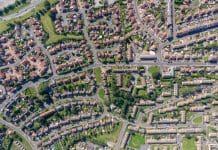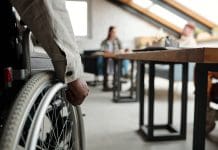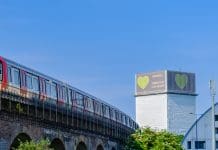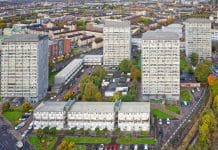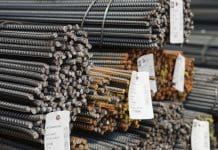The Department for Communities and Local Government has been taken to task over equality of access to the public environment and accessible housing
A new report published by the Women and Equalities Parliamentary Select Committee has highlighted shortfalls in the implementation of equality of access policy by local government. Public spaces and houses are two key areas commonly considered as restrictive for disabled people and the elderly, either through physical impairments or mental.
The Equality Act 2010 requires reasonable adjustments be made to ensure that disabled people are not excluded from public places and workspaces. The report has found this is not being correctly implemented and equality of access is seen as an additional benefit, not a requirement.
Similar research by Habinteg and the Papworth Trust earlier this year supports the report and highlights the lack of availability of accessible homes in the UK. Furthermore, it found that disabled people living in inaccessible homes are four times more likely to be unemployed. The research revealed that failing to meet accessible housing needs has a significant impact on health and wellbeing.
Key suggestions for improvement
The committee’s report ‘Building for Equality: Disability and the Built Environment’ suggested that better leadership and a more effective strategy is needed to ensure the framework surrounding inclusive design is properly followed and not seen as an ‘add on’.
Additional clarification needs to be given to local planning authorities, reinforcing the National Planning Policy and guidance. Plans cannot be signed off until they are shown to meet the needs of disabled people.
The committee has suggested the government should raise the minimum standard to category 2. This will help future-proof buildings against the changing needs of its occupants, while coming in line with recommendations from the Centre for Accessible Environments.
Incentives should also be set up to make public places and buildings more accessible for all. This will promote more accessible construction design and encourage further retrofitting of mobility aids.
Shared spaces schemes should be paused and redeveloped taking into account the problems they can cause for equality of access. Issues such as the removal of controlled crossings and kerbs negatively impact people with a visual impairment.
Committee Chair Maria Miller said: “Poor accessibility affects us all. Even if not disabled ourselves, most people are related to, work with or are friends with someone who is.
“Increases in life expectancy will mean that over time, an ever greater proportion of us will be living with a disability, and our understanding of ‘disability’ has developed to recognise that those with mental health problems, autism or other less visible impairment types also face disabling barriers.”


